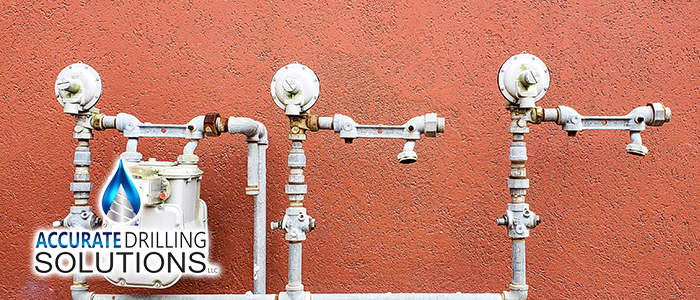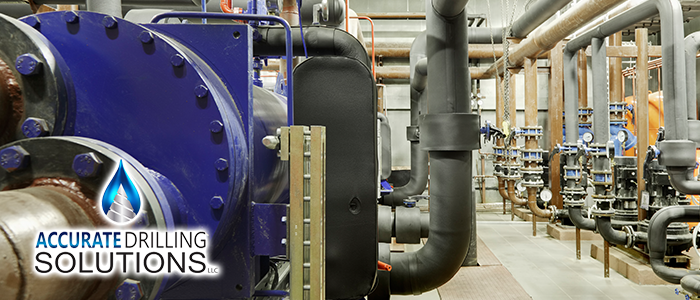
The most important step before drilling for a water well is to determine the water table. Although technically water can be found anywhere underground in the earth, some places are better suited for water than others. In some places, you could be digging for thousands of feet for water through hard rock whereas in other areas you can dig just a few feet into the ground and find a reliable source of water. Knowing and understanding the water table can save a person time and money in building a new well. In this article, we will discuss water table basics to help you understand water well placement and how aquifers impact your well.
What is the Water Table?
The water table is the area between the surface and the aquifer. The soil surface is called the unsaturated zone whereas the underneath area is called the unsaturated zone. There are many factors that influence the water table, including the geography and geology of the land, precipitation, and the season. The greatest influence on the water table, however, is human use.
What Are Your Water Needs?
The first question a person needs to determine is what will their water needs be. As mentioned in the introduction of this article, water can be found pretty much anywhere underground. However, the amount of water varies depending on the location. If a home needs to consume a moderate to a lot of water and the underground source is sufficient for just a trickle of water, then the meeds will not be met.
Determine Where the Water is
Once the amount of water needed is determined, then you will need to determine where the water is and how to access it. You will also want to make sure that you are not interfering with anyone else’s water access. To determine water access, the following might need to be done:
- Surveying the land. Will tell you where the likely location of aquifers are
- Geological maps. Will tell you the type of aquifer you have access to and the expected water you might draw for example hard water versus soft water or acidic water versus alkaline water.
- Topographical maps. Will tell you how far you can expect to drill to hit the aquifer.
What Type of Aquifer is There?
Determining the type of aquifer is an important step to ensuring you will have enough water for your home and family needs. There are four types of aquifers:
- Confined Aquifer. A confined aquifer is water that is sandwiched between impermeable layers.
- Unconfined Aquifer. An unconfined aquifer is water located near or just under the surface level. They rise and fall with the moon and may be impacted by drought conditions.
- Consolidated Aquifer. A consolidated aquifer is an aquifer found in a porous rock where the grains are cemented to each other such as sandstone.
- Unconsolidated Aquifer. An unconsolidated aquifer is water found in a porous rock where the water passes through the grains such as limestone.
Contact Accurate Drilling Solutions
Accurate Drilling Solutions has the experience in determining the optimal location to drill a well. Contact our team of highly trained professionals to get the process started on your property.
continue reading
Related Posts
Port Richey Guide to Commercial Water Systems Businesses in Port
Englewood’s Winter Well Maintenance Checklist While Englewood and nearby Sarasota
Largo Businesses: Maximizing Your Pump System Performance For businesses operating







